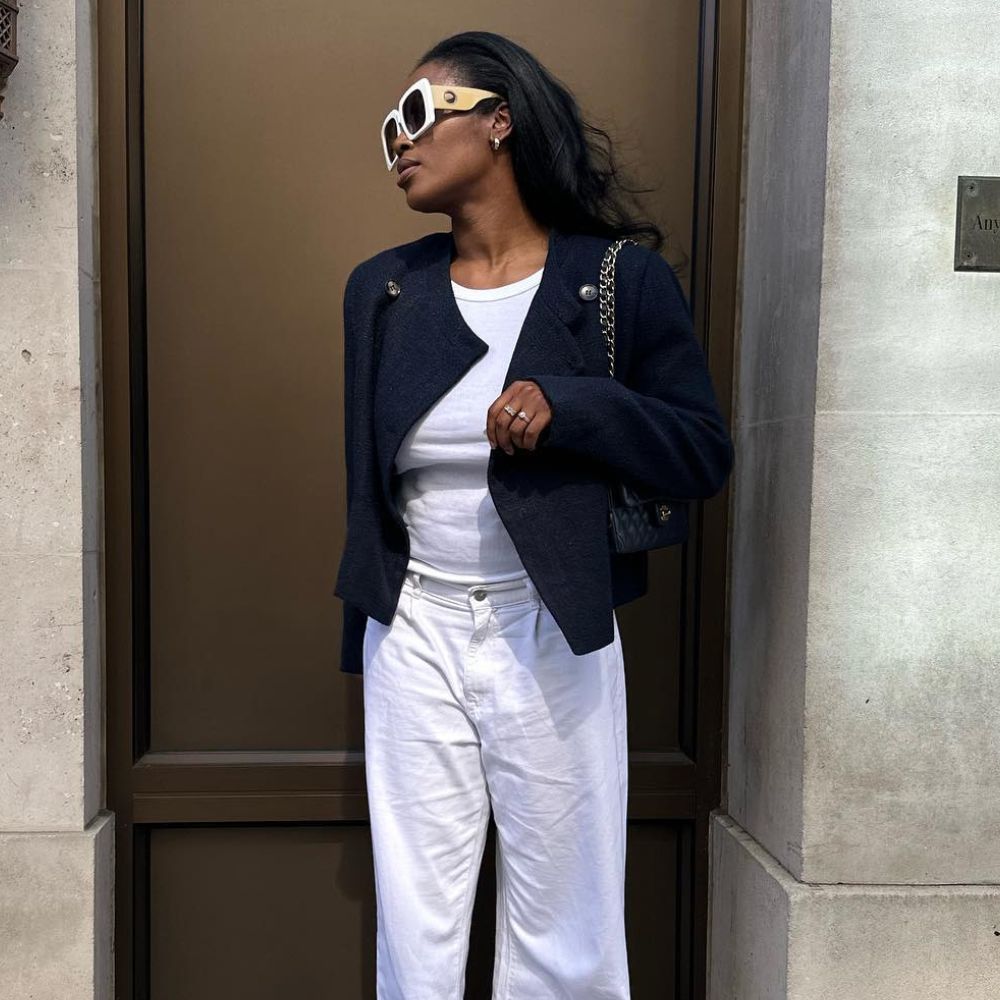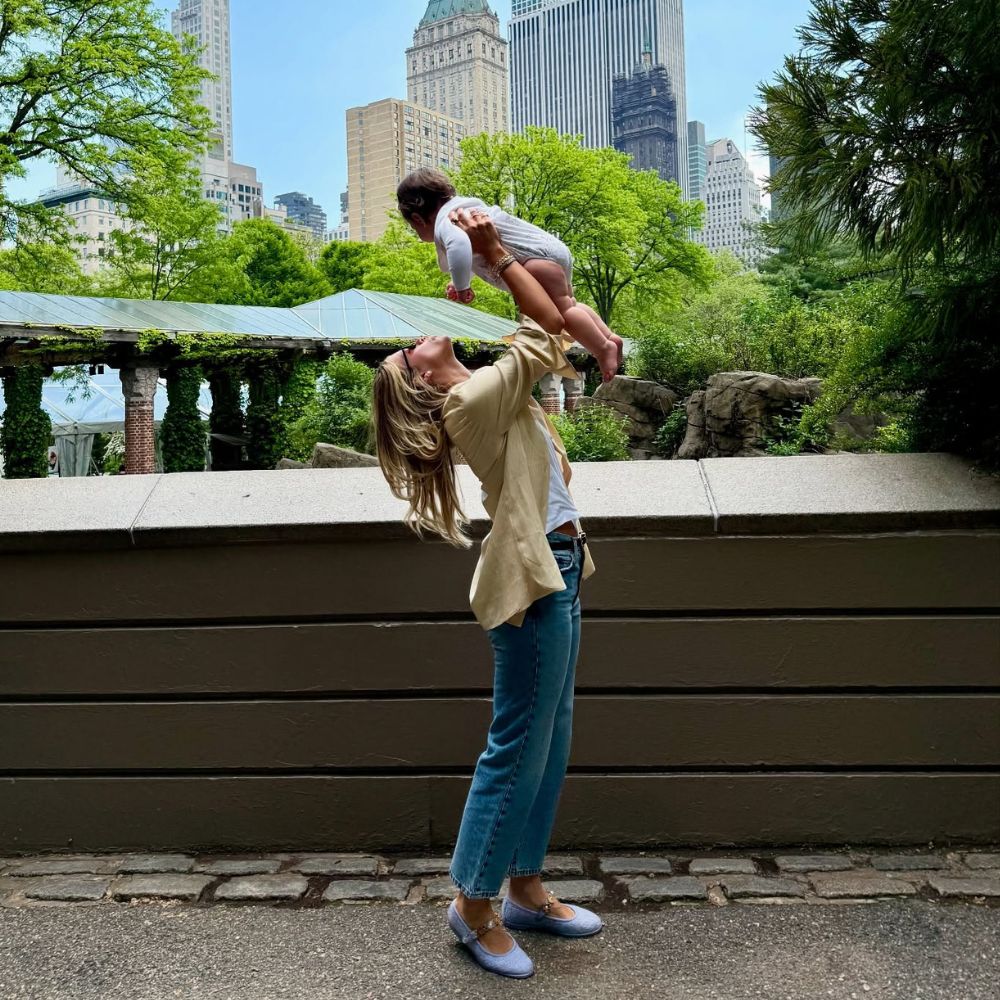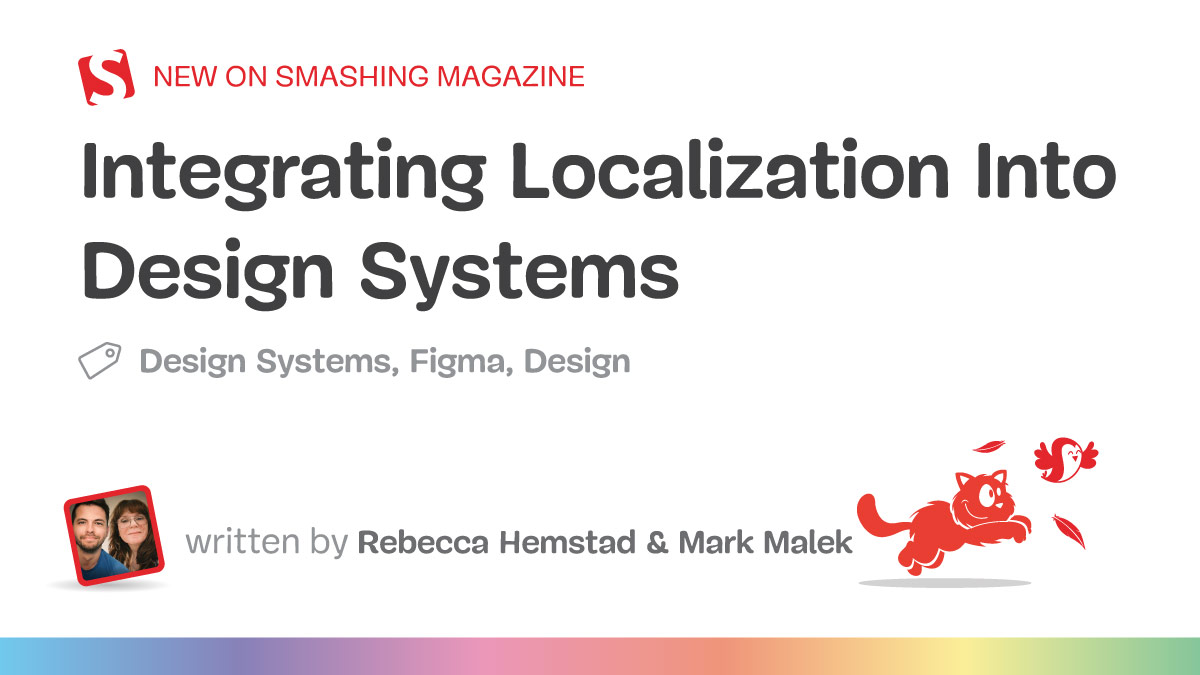How to Age Up on a Warming Planet
Younger generations are having a hard time imagining their future.
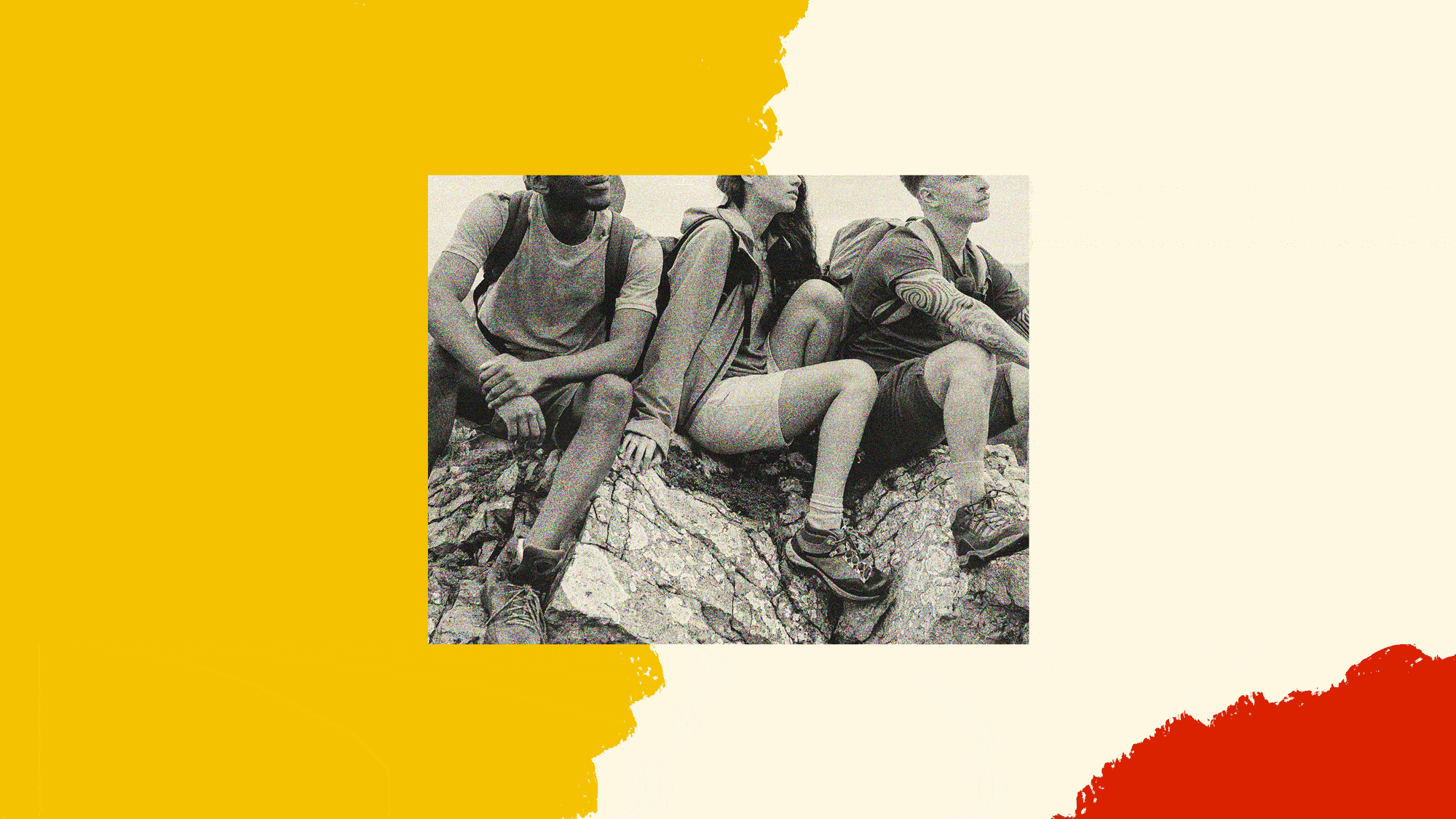
Listen and subscribe here: Apple Podcasts | Spotify | YouTube | Pocket Casts
How should we think about aging when the impacts of climate change can make the future feel so uncertain? That’s a question Sarah Ray, professor and chair of environmental studies at Cal Poly Humboldt, has been helping her students consider. Though climate anxiety can cause some to feel overwhelmed, Ray has tips for how to minimize doom loops and inaction. How to Age Up co-hosts Yasmin Tayag and Natalie Brennan talk about how current climate concerns compare to the existential crises of previous generations, and how to practice hope during uncertain times.
The following is a transcript:
Natalie Brennan: What did you want to be when you grew up?
Yasmin Tayag: Honestly, Tomb Raider.
Brennan: I hate to have to admit I have no idea what that is
Tayag: Natalie! The iconic video game Lara Croft: Tomb Raider? Angelina Jolie’s best movie role? She’s a hot archeologist who travels around the world searching for lost artifacts and fighting off enemies.
Brennan: I’m obsessed. That’s actually perfect for you. The next logical step in your science-reporting journey.
Tayag: It’s still kind of my dream job.
Brennan: Hey—I believe in you! :)
Tayag: I’m Yasmin Tayag, a staff writer with The Atlantic.
Brennan: And I’m Natalie Brennan, producer at The Atlantic.
Tayag: This is How to Age Up.
[Music ends.]
Tayag: Natalie, what was your dream job?
Brennan: I don’t know that growing up I had a dream job.
Tayag: That’s very Gen Z of you.
Brennan: What do you mean? Like, in a “I don’t dream of labor” way?
Tayag: No; I’ve just been thinking a lot about how your generation struggles to imagine the future.
Brennan: And can you blame us?
Tayag: No. But it’s something I think about with younger generations, too—I worry about the future of my son, Jaime, a lot.
Brennan: Yeah. I mean, economically, politically—most of all because of climate change—I was already worried about a lot of these things when I was a teen, and that feeling has just become more intense as I’ve gotten older. So, yeah. I imagine that kids now, who are constantly exposed to fears about the climate from such a young age, picture an even bleaker future.
Tayag: Right. But when you just rattled off that list, what happened to you?
Brennan: What do you mean? Like, how do I feel right now?
Tayag: Yeah.
Brennan: Awful. Like, frozen.
Tayag: And who wouldn’t be? Psychiatrists have given what you’re feeling a name: It’s called climate anxiety. And in the same way in therapy you may work through paralysis in regards to your personal anxiety, scientists are starting to think through, psychologically, how we could move through our climate anxiety.
Sarah Ray: ’Cause I’m that weird person who’s like, No, we don’t need action. We just need better thoughts. It’s not about 10 things you can do to save the planet. There’s a hundred million books out there. This is like 10 things you can think about to save the planet.
Tayag: Natalie, that’s Dr. Sarah Ray. She’s a professor and chair of the environmental studies department at Cal Poly Humboldt. And she studies how emotions play into our thinking about the climate. She wrote the book A Field Guide to Climate Anxiety—and she pointed to one moment that really launched her into action about all this.
[Music.]
Ray: I was trying to do an activity with my students. Where I kind of guided them through almost a meditation, if you will, which was my first time ever doing anything weird like that. I was like, “This is gonna be a little weird. You gotta just go with me on this.” And I had them kind of close their eyes and visualize a future that they would desire.
Tayag: Mm-hmm.
Ray: A future where everything that they had hoped for and worked for in their life had come to manifest and come to pass. And I asked them to feel it and smell it and taste it and all that. And the whole thing is very embodied, which is unusual for me at the time. And when the exercise ended, I expected them to come back after this trance I’d put them in, and have all these visions of utopia to share. And then, of course, what we would do is sort of backward design: “Okay, what’s the very next step to kind of get from here to there? Now that you’ve visualized what you want, let’s start moving in that direction”—instead of constantly being gripped by fear of a future that they dread. Right? So with climate change and all of the things that are happening, one of the things I noticed with my students is that they didn’t desire their future. They were afraid of it.
Tayag: Oh!
Ray: And so they turned to me, and they said, Sarah, we didn’t, we couldn’t really imagine a future. We don’t have any tools for imagining what we would desire, and all we could imagine was, like, either blankness or the apocalypse. That they had seen in the most recent whatever, video or film or whatever that they’d seen, or news, right?
Tayag: Yeah.
Ray: So that was a real moment: a wake-up call for me. I thought, How can we expect these young people to do all the work we want them to do, to fix all the problems that are out there, if they don’t even want to exist in that future? [Laughter.]
Tayag: Yeah.
Ray: They don’t even desire anything about that future.
Tayag: It’s just so grim.
Ray: It was really depressing.
Tayag: It’s really depressing!
Ray: Yeah. I cried. Yeah; that was the first moment I thought, This is really bad.
Tayag: So what happened next?
Ray: So it wasn’t just that they were living in a scary world; it was that they were getting information about a scary world in a very particular way. This was maybe 10 or 12 years ago. And the real shift towards all of us getting our news through social media, and the real shift to making the algorithms reinforce negativity, was really just beginning at that time. So that was the first step of trying to peel apart the layers of the onion. Are they gonna be able to live on a planet and grow food and breathe air and drink water? You know? And why would they have children in this world? And are they gonna retire? Or can they have a job that doesn’t just add to the problem? How will they pay the bills? Why even go to college in this kind of world? And that’s something that, like, Greta Thunberg really brought to the fore when she was like, I’m not gonna go to school, ’cause five years hence, when I get my degree, when I’m qualified to do anything about it, our planet will be radically different and I don’t wanna wait around for that. That kind of impatience was something that I was really starting to detect in them.
Tayag: One thing I hear so much in conversations about youth and climate dread is that, you know, older people always say, Oh, well, every generation had something to worry about. We had the nuclear threat; we had wartime dread. And so on. Is climate dread different from those past experiences?
Ray: Yeah; I think that there’s a “yes and no” answer to that. The yes part of that answer is: It is just the same as all those other really difficult generational traumas in that the lessons that those folks learned by going through those experiences are things that young people need to get caught up on pretty quick. So I think about civil rights, or I think about, you know, the Holocaust, Vietnam War—all kinds of things that in the last few generations we’ve heard a lot about. And these people who have been sort of activists or involved in resistance movements in these spaces have had to overcome an incredible amount of stuff. They’ve had to sacrifice a lot. They’ve had to do the work without any evidence that it was gonna come out the way it did. The collective organizing skills—the kind of resilience and grit to do the work, the sense that the little things that you do—do matter, a lot. Those kinds of things are what I call climate wisdom. They’re like wisdom that we get from the elders. You know, like we should take these tools from our elders who have gone through this stuff and ask them: How do they get through, how do they keep going? On the other hand, it is a qualitatively different problem. And the reason why I would say so is because the very functioning of the entire biosphere is at stake. And so all of the systems that humans rely on are going to be challenged and, uh, might in fact fall apart. Nuclear war, you know, might be something similar. Like, the annihilation of all life in one fell swoop feels scarier, in a way, than climate change. But it has the same kind of existential … the ability to grow food, to work, the ability to get water in our bodies, all of these things will be challenged. The very capacity of the Earth to produce the materials on which human civilization relies to function could be undermined.
Tayag: Right.
Ray: Is being undermined; is happening. It’s happening. It’s already on its path.
[Music.]
Tayag: Natalie, when I was talking with Professor Ray, that song “I Melt With You” by Modern English was totally in my head. Do you know that one?
Brennan: Remind me?
Tayag: [Sings.] “I’ll stop the world and melt with you…”
Brennan: Of course—I just wanted to make you sing.
Tayag: Oh. [Laughter.] Well, it’s actually about having sex when a nuclear bomb drops.
Brennan: Oh, whoa!
Tayag: That’s why they melt. The song came out in 1982, during the Cold War. I imagine that the band grew up being bombarded with all this messaging about the nuclear threat, and so when I hear this song it sounds to me like they’d just accepted total annihilation as a very real possibility.
Brennan: I don’t want to downplay, in any way, the threat of nuclear war! But I do think that it’s different—it is the threat of a possibility. It is something that could happen.
Tayag: Whereas climate change is something that is happening.
Brennan: Is happening, every day, and it feels like we are all walking around going about our days as the red button gets pushed, with no alarm.
Tayag: And you think that the psychological impact is different?
Brennan: Yes. What is so different to me about the emotions of this moment is that people are trying to make sense of what we rationally know to be true about climate change. And then there’s anger and confusion about why we aren’t doing more to stop it.
Tayag: Right. The anxiety and anger that comes with feeling like society has decided that we are okay with our own destruction.
Brennan: Exactly, and it feels sometimes like even if we were to do something it would not be enough.
Tayag: Yeah; that, in part, is climate anxiety in action. There are things that people can do—have been doing—to limit that cognitive dissonance. To feel like their actions align with their beliefs. And it’s something Professor Ray and I spoke a lot about.
[Music.]
Ray: Well, you maybe experienced, as I was describing, why this was qualitatively a unique threat. It doesn’t really land well with one’s nervous system.
Tayag: Yeah.
Ray: Right? Like, you take that information in, whether or not that’s the first time you’ve ever heard that stuff or you’ve been hearing it for a long time. The nervous system, in order to keep homeostasis and to feel like it can function and keep going in the day, doesn’t take that in very well. And we have particular patterns in our bodies about what we wanna do about that. The obvious ones that you’re probably most familiar with are, like: fight, flight, or freeze. And I think that when young people are taking in this information and have been doing it for a long time, they they figure out how to move from the kind of shock of it to integrating it, to figuring out how to do something about it. And that is a whole series of things that they have maybe gone through by the time they were 15 or 16. And then they try to translate this to somebody who maybe has never thought about it. And I think that that’s where the stress of that amygdala of those people they’re talking to. There’s some empathy there; there’s some grace there around if this person’s taking this in at all. That’s taking a lot of courage. There’s nothing about this information cognitively—in terms of our neuroscience, of our wiring and our brains—that can handle this. So it is actually far more natural for our brains to disavow, deny, put our heads in the sand. Because if you square this information with your daily life, there’s a big cognitive dissonance as they call it.
Tayag: So what are the ways that we should be teaching young people to acknowledge their feelings of dread and fear in a healthy way?
Ray: One of the things that’s happening is that there’s a whole movement of climate-aware therapists, to figure out new tools that they didn’t have before. ’Cause it’s one thing to say uncertainty in your family. It’s another thing to bring uncertainty of the planet into the therapy room. I think a lot of my students, for example, will tell me that they brought this up in therapy—and had their therapist tell them to stop consuming the news and to not worry about it. So that’s not helpful.
Tayag: No…
Ray: Right? Like, that’s just being told that your feelings are irrational, right? And that’s never a good technique.
Tayag: And also, that you have to completely detach from literally everything. That’s not exactly feasible.
Ray: If the therapists themselves haven’t figured out how to face this kind of stuff, you can see why that would be happening. But there is an alternative, right? And that alternative is: Let’s look clear-eyed about how bad things are, and let’s have that be a call to action. Because it turns out that the kind of debilitating effects of climate anxiety are assuaged most effectively not when we do an action that solves the problem, which is really what you’d think it would be like. This is a problem that can’t be solved by any one person’s action. So why should I even do anything? That’s what most young people feel, right? Like, I’m not even gonna try. But that’s, um—that particular assumption rests on the idea that if we did the action, our climate anxiety would be assuaged by fixing it. It turns out that the psychologists who have studied this show that this is not true. The act of being in a group is actually the thing that alleviates anxiety and makes us feel efficacious, which is really an interesting and important tool. Especially, I think, in, um, culture that’s so individualistic. So Bill McKibben is sort of famous for saying, you know, “People constantly ask me all the time. You know: What’s the most important, effective thing I can do as an individual?” And he always says, the one most important thing you can do is not be an individual. You know, not think of individualism as the mechanism by which this is gonna get accomplished. And it turns out, from a psychology perspective, it’s not just good for the planet; that’s actually good for our mental health. So that’s really, I think, the key. How can we solve climate anxiety? Well, yeah; it’d be great to solve climate, that would be the main way. Sure. But the fact that that feels impossible actually causes that depression loop to get worse. So I think when we’re talking about how to teach young people, or how to bring this up to young people, it’s always with showing them models of how people are solving the problem.
Tayag: Mm-hmm.
Ray: Always, always, always—Because we’re social creatures, psychologically, if we see other people doing things, we’re way more likely to do something. And actually, it’s an interesting piece of data that psychologists have also proved—that the vast majority of Americans think that only like 30 or 40 percent of other Americans care about climate change, when the number is more like 70 or 80 percent. So that right there accounts for a lot of our inaction. If we just think other people around us and our neighbors don’t care, we’re less likely to do stuff.
Tayag: So I wanna go back a tiny bit. Because I wanted to tease out a bit more, you know, the consequences of not correcting or not teaching people how to deal with their climate feelings. So what exactly happens, from a psychological perspective, when a person feels that an issue is just too big to conquer? And, you know, how can we make that feel smaller?
Ray: Psychologists often call this concept pseudo-inefficacy. And the definition of it is basically this: The negative feeling of not being able to solve the whole problem outweighs the positive feeling of being able to solve just a little part of it. With climate change, we’re talking about this big, humongous, intractable problem that no one person could possibly touch. “It’s too big. I can’t even face it. I’m gonna go and binge Netflix.” Right. I mean, that’s how climate change is being addressed right now. So there are sort of two solutions to this, right? One is to frame the problem in smaller chunks: How do we break it up into small chunks, that any one person can feel like, Oh, I can get up in the morning and have that sense of accomplishment that I finished a task by the end of the day? Because—as we know from nudge psychology—that creates a feedback loop of positive reinforcement. We’re more likely to get up the next morning and do it again, do some more. It feels good. And sometimes that means that the work that we’re doing has nothing to do with climate change. It has to do with getting to know our neighbors. It has to do with building community trust. It has to do with all kinds of things that are going to cumulatively add up to building more resilience for what’s coming.
Tayag: Mm-hmm. So, frame things in smaller pieces. And you said there were two solutions?
Ray: Yeah. The second dimension of solving this pseudo-inefficacy puzzle is to see ourselves as much bigger than we actually are. And so, a lot of what happens with sort of the way young people are raised is that the vast majority of what they’re consuming is telling them that they don’t have any power. That they don’t have political power. And for the most part, unless they have a lot of money, they don’t even have economic power. And so the sense of powerlessness—some people talk about this as learned powerlessness or manufactured powerlessness. Which is basically saying, We give up our power before we’ve even tried to exert it. And so what I try to do with young people is to show all the places that they do already have a lot of power. And it’s not just economics; it’s not even just politics. There’s all kinds of social places and cultural places that they have power. They have power in being kind. They have power in being a role model. They have a power in throwing even the tiniest little bit of energy into a larger movement. When we are part of a larger movement, as part of a collective, we are magnified way more than just individual people. If you’re feeling despair, you might be suffering from individualism, because really the cure is seeing yourself as part of a larger group.
Tayag: So, you know, once people feel like they have a little more agency, a little more power, what’s a tool for people to use when they’re ready to start thinking about how to get involved? What’s a small step we can take?
Ray: People often think of action as, like, Oh, I’m gonna ride my bike to work, or I’m gonna join this march, or I’m gonna call my representatives. These are all really important things, and I’m not dismissing that. But I’m trying to break it down to even how to even get to the place where you could do that.For me, my favorite one, the one I always have as my lifeline, is: As I’m consuming all this news, as I’m trying to understand the lay of the land—which is happening at a quick clip right now—I get really overwhelmed by the monster in the room. And I think of all of the fear I have, and my amygdala and my nervous system is just really agitated. And I will say that I’m in that state even talking to you right now. So it’s helpful for me to redirect my attention. And it’s also what neuroscientists will tell you to do in cognitive behavioral therapy.
Tayag: Okay.
Ray: Which is to redirect my attention to the thing that I love, because it turns out the fear and the anger that I feel are secondary emotions for my love, right? They are signposts that are helping me figure out what I love. And usually it’s like, I love nature. I love my children, I love my students. I love justice and health. And the thing, the monster in the room, is so upsetting to me, because it’s threatening those things that I love. Okay? So instead of just fighting the monster—which I feel I do not have any power to do—what I do have power to do is tend and nurture the things that I love so they grow. So, adrienne maree brown says: Feed what you want to grow. And this is a beautiful mantra for me that I hold onto when I’m feeling really overwhelmed. And that is very much about attention, really at the scale of attention. This is not about taking shorter showers. This is about “What am I paying attention to?” It’s very micro-scale.
Tayag: Mm-hmm. And it’s a reframing in itself, right? You know, Let’s not focus on the monster; let’s focus on tending the garden. Right. And doing so, I guess, motivates you to fight the monster so you can continue to tend the garden.
Ray: Yeah. And maybe you titrate; maybe sometimes you have energy for fighting the monster. And maybe when you’re feeling the most depleted and you don’t even know what to put the next foot forward at, you think, Okay, I know I can nurture the thing I love. Okay, so how do I do that? And then the emotion of love turns out to be way more sustaining in terms of our energy and our resilience. That means that we can generate that energy that we need to go back and fight the monster.
Tayag: Can you give me an example of turning your attention toward something you love? Maybe something from your own experience?
Ray: So I stupidly have a terrible daily practice of looking at the news first thing in the morning. It’s a terrible practice. But the way that I solve that practice, or the way that I heal around that practice, is that I immediately know that it’s gonna leave me feeling really bad—so I need to have a rescue thing. And that thing is to turn right directly toward what I love. So I always have, once I put my phone down, I always have 15 things in front of me that I love. I’ve got my dogs, I’ve got my children, I’ve got my house, I’ve got my husband. I’ve got all the stuff that I know that—if I let the bad news get to me—I will actually feel like not giving them love; I will feel like withdrawing. And the real problem with living in a story of apocalypse is that if we are not thoughtful about it, it will make us want to withdraw even more. And so we really have to actively intervene. In my work life, this happens all the time as well. I often look to the administration or the people in charge and get despairing. No shade on them. They’re just in their structure, you know, doing the things they have to do. You know? And I get, I get despairing, and I think: I can’t control that thing. I cannot get into the president’s head and have them think differently. And then I immediately think, Why am I in this job? I should just quit. I hate this. Right? This gives me, sends me in—just the scale of my job sends me into cynicism and burnout.
Tayag: The despair loop.
Ray: Despair loop, right? And I’m like, I’m in it. I’m in it, I’m in it. So how do I then use the mantra—“feed what you want to grow”—to get outta that? I immediately think, What gives me pleasure here? I really touch into that, and I spend some time thinking about it. I know that it is a great, an incredible, vocation and calling I feel—to have an effect on my students. Okay, so what I’m afraid of is that this scary monster in the room is gonna destroy my students’ capacities and experiences. How can I turn and use the position that I have—the relative power that I do have—to have an effect in that space? And so I often have this “turn to my students” moment, where I’m like, Remember that I’m here for the students. Okay, let’s go back to that. ’Cause once I go back to that, my cup is always full. I come away from my classes always feeling like, Ah, this is what I’m here for. This is the juice.
[Music.]
Brennan: Yasmin, this conversation is so helpful, because I feel so much shame whenever I get that feeling that this is all too overwhelming and I just want to run away to our lavender farm!
Tayag: Same, but even the lavender farm will be affected by climate change.
Brennan: Well … it’s true! But this instinct to want to run away or to isolate when there’s a threat is real. Right? I try to at least remind myself that’s just how, evolutionarily, we’re wired to react to danger.
Tayag: Yeah. This reminds me of one review paper on the threat of nuclear war that found that it made adults prone to fantasy and make-believe—like, as a way to respond to the danger. I just finished a fantasy book called Legends & Lattes that was a nice temporary escape.
Brennan: You really are such a nerd. I think fantasy is a great way to recharge. It’s okay to take a break, to get you back into the game. That feels very different from avoidance or denial. Because the only way to truly push through the overwhelm and paralysis is to figure out what you need in order to be able to take action after you’ve had that rest.
Tayag: Exactly. If it wasn’t for Legends & Lattes I wouldn’t have had the will or brainpower to read that review paper I mentioned. But yes: Addressing these issues head on is how to move through them. The nuclear war study even actually said that parents shouldn’t ignore their kids’ anxieties and misrepresent reality to them—kids who were more aware of the situation actually tended to be the most optimistic.
Brennan: I think that is definitely something we need to focus on now with climate change, too! I saw a survey that most teens learn about climate change from the internet. And so when we’re thinking about how an entire generation is aging up and learning about such a huge and existential issue, we want to figure out how to facilitate those conversations, right? The same way we do when we talk to children about death or divorce or illness. Learning about this alone—on your own, on the internet—can make the problem a lot bigger and lonelier.
Tayag: I actually think the “turning your attention toward love to break out of overwhelming thoughts or paralysis” is a practice that would be so helpful to teach children and teens to help them with so many aspects of aging, not just climate change.
Brennan: Right, like with first heartbreak! Or puberty!
Tayag: Applying to college… adolescence is just such an overwhelming part of aging, and the earlier you work on these habits, the better prepared you are for them when the overwhelm pops up in bigger ways.
[Music.]
Tayag: We’re gonna take a quick break, but when we come back:
Ray: Oh, you guys wanna go there?
Tayag: Hey, aging up is complicated, and we’re willing to get into it.
[Midroll.]
Tayag: So, Professor Ray, I’m curious, among your students, you know, what else are you noticing that affects them, or that they’re thinking about when it comes to aging up in a very uncertain world?
Ray: Absolutely: The No. 1 thing is economic precarity. No. 1. In fact, I would say that even overrides climate. And then the climate stuff might come into focus more through college classes. Or like—the intersection of climate and how climate change is going to exacerbate existing inequalities and problems in the world. So climate change is often called the great magnifier, right? Like, all the inequalities that exist, and all the places where people are already suffering, are just gonna get much worse. So the main thing that they’ve been taught as they’re growing up is economics, right? That going to college is really expensive. This has really gotta be worth it, right?
Tayag: Yeah! A lot of younger people feel like they are worse off than their parents’ generation—I mean, I definitely do—even if statistically, it still isn’t clear if we actually are. But I can see how that would play into questions about whether college is worth it, if it doesn’t guarantee them a job.
Ray: Yeah. In that sense of Maybe I can escape that problem individually, myself. Right? With my own marriage or my own hard work and my own degree. And so there’s the scarcity politics of that—perpetuates that individualism, perpetuates that fear, perpetuates this cycle that you just talked about. The doom loop.
Tayag: You know, so much of our conversation today has touched on this theme of individual versus collective action, which is a theme that’s come up a lot this season.
Ray: Yeah; if we rely on a sense of being able to do this ourselves, we will always fall short. We will always feel like we’re failing. And the feeling of failing, as we just discussed, doesn’t generate more engagement. [Laughter.] So that’s a model that just can’t work. That can’t work for where we’re going. There’s all kinds of ways that people are trying to create alternative models for how they would live. There’s research out there that says that the best investment you can make in making your home, or yourself, be safe in a natural disaster is to have good neighborly trust—have good relationships with your neighbors. That makes intuitive sense. These are the people who, like, when all communication breaks down, are gonna be the people you rely on to, like—
Tayag: Run across the yard!
Ray: Run across the yard, help you with some extra water or whatever. And so it makes sense. But it’s not something that people are spending every day thinking about: How do I build trust with my neighbors today? You know? But one of my neighbors in the last couple of months has decided, once a month, to have a bunch of people she likes in the neighborhood over for tea on Sunday. And she did this because she just felt desperate and alone. Then when I started to bring some of this research in, she was like, Oh my gosh, I didn’t realize I was doing this political action. By, like, attending to my aloneness in this particular way. That’s actually very functional, very utilitarian—but also has a side effect of just feeling good.
Tayag: Yeah; I mean bringing together neighbors, especially if they’re from different backgrounds or life experiences, or ages, to discuss climate—that totally is a political action! There’s a lot of intersectionality at play in the groups who are most active in the climate movement. This isn’t just about young people and their climate anxiety. Can you tell me more about the people who are showing up?
Ray: So there’s all kinds of reasons that, depending on your relative vulnerability, you might care more about climate change. Queer communities care more about climate change than straight communities. There’s data also that shows that Latinx people care about climate change more than white people by double digits. And, like in a sort of hierarchy of order: Latinx communities, then Black communities, and then white communities are like the bottom of the list.
Tayag: Interesting.
Ray: The theory there is that the more vulnerable a community is to climate change itself—and the less faith they have that the government will help them, because of historical structural oppression—the more worried they’ll be about it, right? The vast majority of times when—especially—people with power experience fear around environmental problems, what often happens is not that they go about creating more just structures and distributing wealth more equally and making sure people who are vulnerable are supported. In fact, the opposite usually happens with people who are already in positions of power. Generally speaking, when they hear about climate-change threats, they tend to hoard resources more. They tend to actually enact violence against people who they think of as threatening those resources or who are causing the problems in the first place. So there’s all this language around immigrants coming to America and having a greater ecological footprint when they get to America, and therefore “That’s why we shouldn’t allow immigrants into America.” This kind of argument, which is often called eco-fascism, can lead to some pretty, well, racist ideas, underwritten by climate change falsely. And even violence.
Tayag: That’s really concerning. The tendency, by some, to find scapegoats to try and just evade personal responsibility—that actually makes me think of another, pretty extreme, way of evading the climate crisis. It’s this idea that we should just escape Earth entirely. Like, Earth is screwed, so let’s go move to Mars. It’s obviously still a very moonshot idea, but it does come up! And it gets a lot of investment from really wealthy billionaires, like Elon Musk, Jeff Bezos. They’ve both put a lot of money into exploring space. What do you make of that—is that a valid way to be dealing with climate anxiety?
Ray: So the idea that we might be able to escape the limitations of capitalism—of the planet’s limits, of resource limitations—that’s really the fantasy here, right? So when we hear about economists or fossil-fuel folks saying the goal of the future is not to get rid of climate change; it is to separate humans’ dependence on the planet systems. That’s what they explicitly say is the goal. So the next obvious conclusion to that—if you’re one of those tech bros who’s into that kind of stuff—is to think, Well, the best way to do that is to find other planets. Right? And there’s a fantasy of transcendence there. Of transcending the messiness of human life, using money to transcend the planet’s limits, using money to transcend the muckiness of inequality and the social movements. So that might arise from that. We’re seeing so much evidence of wanting that just to go away … all that stuff to just go away.
Tayag: Yeah. It’s, you know, the escape plan. That’s a withdrawal in itself.
Ray: Yeah.
Tayag: It puts the focus back on the individual and ensuring your own survival. And I think that’s the opposite of what we need.
Ray: Yeah, absolutely. It’s the opposite of what we need. And I think that’s the nervous-system solution there, right? Like, if you think about when we perceive big threats, if we don’t train our nervous system culturally or individually, we don’t have a process by which we train our nervous system to respond to threats through social engagement, it’s very possible that our response might be “flight or fight or freeze,” or some of these other—maybe less constructive or less healing—responses that actually don’t get to the root cause of the problem at all. Escape is a real nervous-system response. It’s legitimate. But it’s not medicine for the planet’s woes.
Tayag: Well, Professor Ray, thank you so much for being here today.
Ray: Thanks so much.
Brennan: Yasmin, I feel like I am going to have Professor Ray’s voice in my head—reminding me that if you’re not thoughtful about it, apocalyptic living will lead you to withdraw for quite some time.
Tayag: Apocalyptic living begets more apocalyptic living!
Brennan: No, truly. I mean, we’re now at about five years out from the start of the pandemic. And I only now feel like I am at a place where I am ready to start unlearning a lot of the habits that I developed during that time, which led to a lot of isolation. I find that I withdraw as default, now.
Tayag: Have you read Derek Thompson’s Atlantic piece “The Anti-Social Century”?
Brennan: You know, I really could have used hearing your interview with Professor Ray before I read that piece—because it definitely led to a lot of overwhelm! The piece does a beautiful job of outlining how American society is on an anti-social streak. And how solitude has almost been marketed to us as luxury.
Tayag: Me time!
Brennan: Right, me time: ordering takeout, meditating. Going to work out, headphones in. I have really bought into the idea that to recharge is to be alone.
Tayag: Mm-hmm.
Brennan: And what we’ve been hearing throughout this season, again and again, is that to live a healthy, long life is to instead find our way back to a social society.
Tayag: Right. We set out to answer the question of how to age up—and we heard a lot, from experts in vastly different fields, about how to connect.
Brennan: Totally. It’s funny the lengths we’ll go to try and figure out the secret to living longer, when the answer—if there is to be any one singular answer—is to think less about yourself as the main part of the equation.
Tayag: I read something recently that really captures this sentiment—on the vulnerability of being an individual and the possibility and power in teaming up. It acknowledged what so many of our experts have been saying. Our ability to age up relies on pushing back against forces as huge as climate change, ageism, housing insecurity … but you just can’t do it alone. It says the more you band together with others—first with one person, then two, then even more people—the better chances you have at succeeding.
Brennan: Yasmin, are you quoting a poem to me?
Tayag: The tables have turned. To end this season, I’d love to read you part of a poem. Is that okay?
Brennan: Welcomed, even.
Tayag: This is a passage from the poem “The Low Road” by Marge Piercy:
With six
you can rent a whole house,
eat pie for dinner with no
seconds, and hold a fund raising party.
A dozen make a demonstration.
A hundred fill a hall.
Tayag: And the poem goes on to drive home the point that there’s power in those numbers.
It goes on one at a time,
it starts when you care
to act, it starts when you do
it again and they said no,
it starts when you say We
and know who you mean,
and each day you mean one more.
Tayag: That’s all for this season of How to Age Up. How to Age Up was hosted by me, Yasmin Tayag.
Brennan: And co-hosted and produced by me, Natalie Brennan.
Tayag: Our editors are Claudine Ebeid and Jocelyn Frank. Fact-check by Ena Alvarado. Our engineer is Rob Smierciak. Rob also composed some of the music for this show. The executive producer of audio is Claudine Ebeid, and the managing editor of audio is Andrea Valdez.
Brennan: How To will be back with a new season very soon.



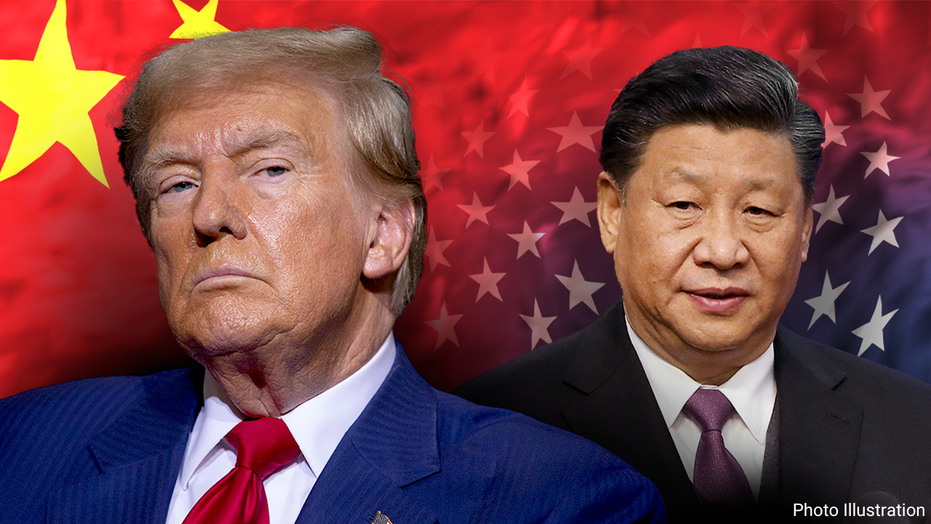


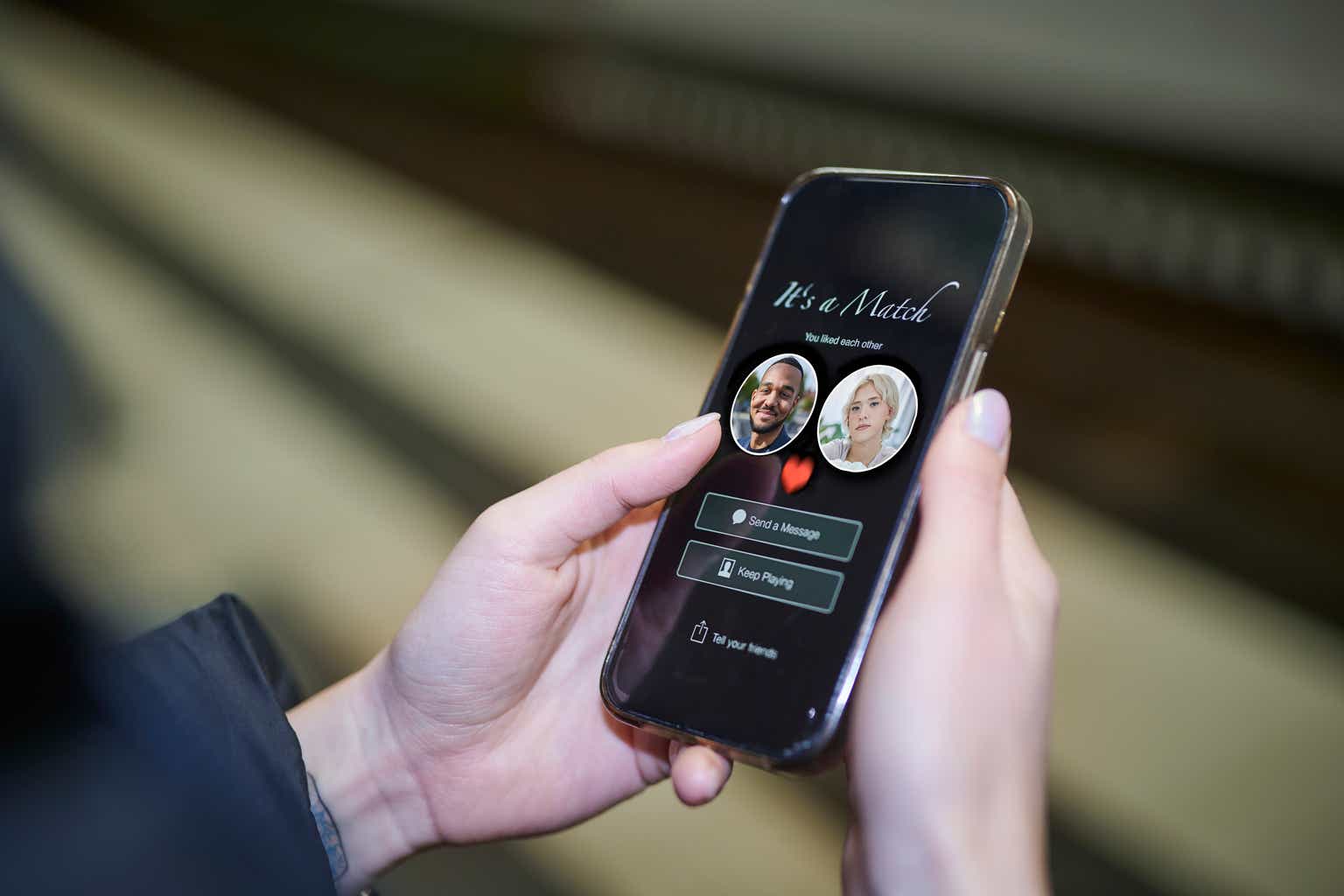




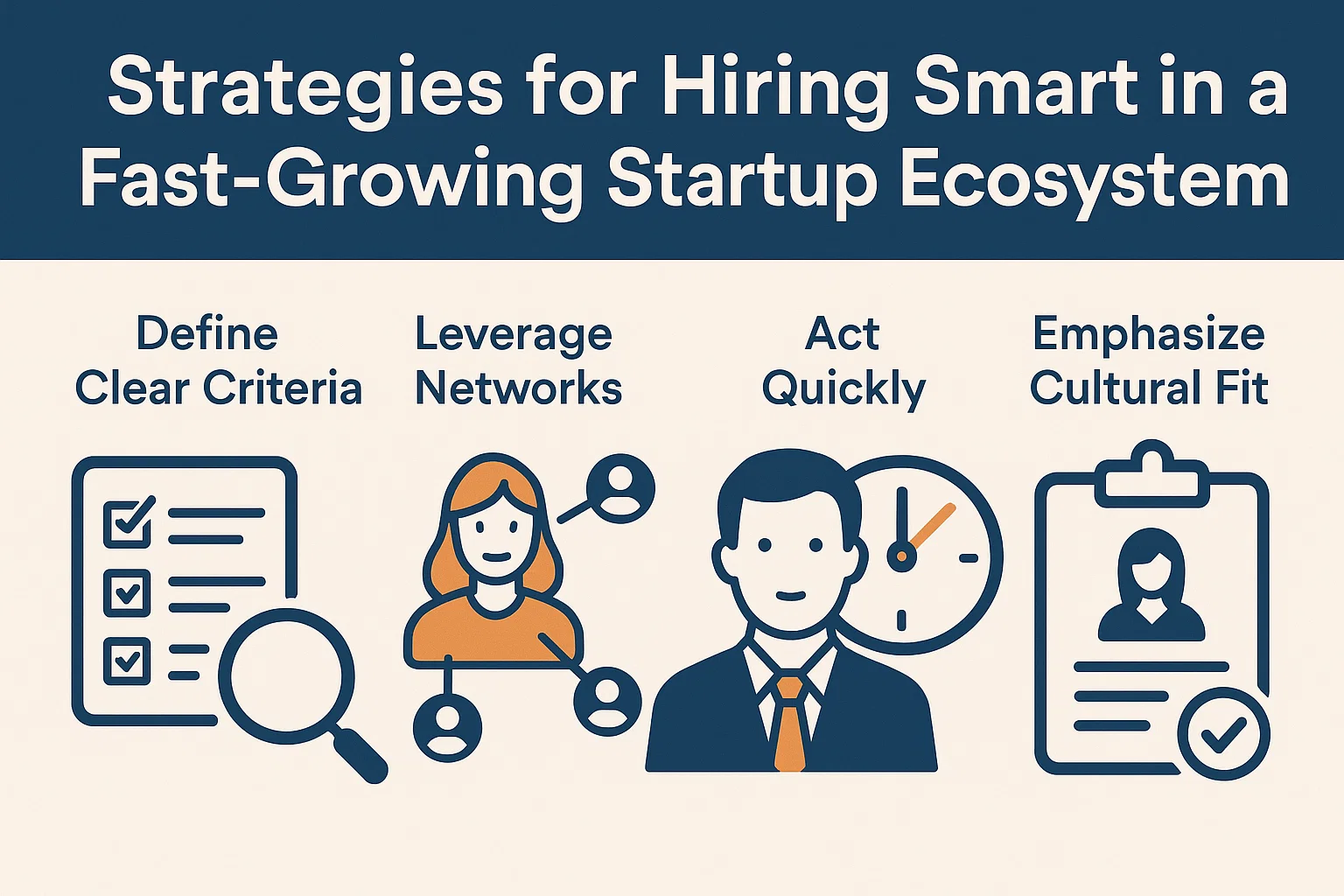




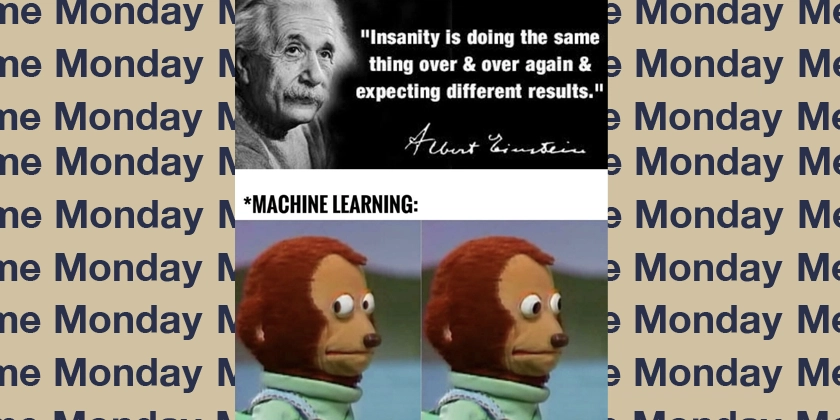















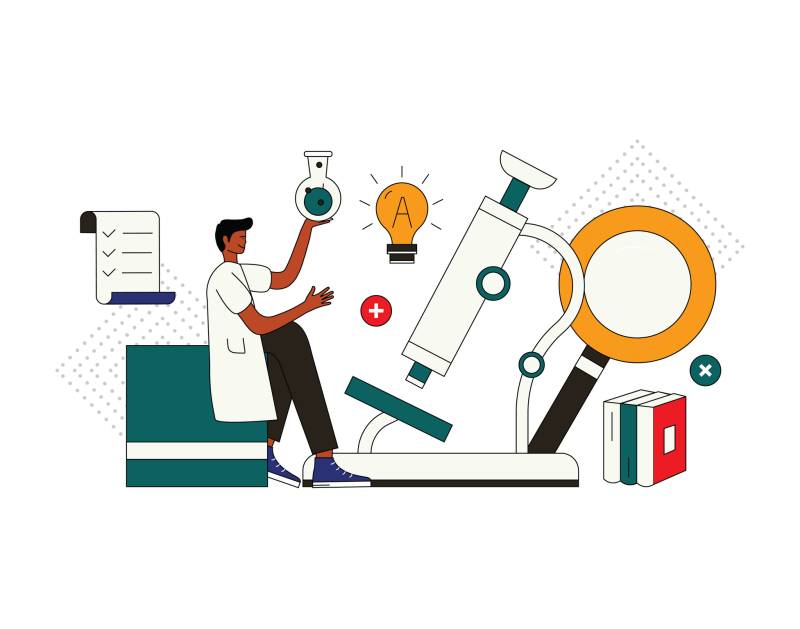



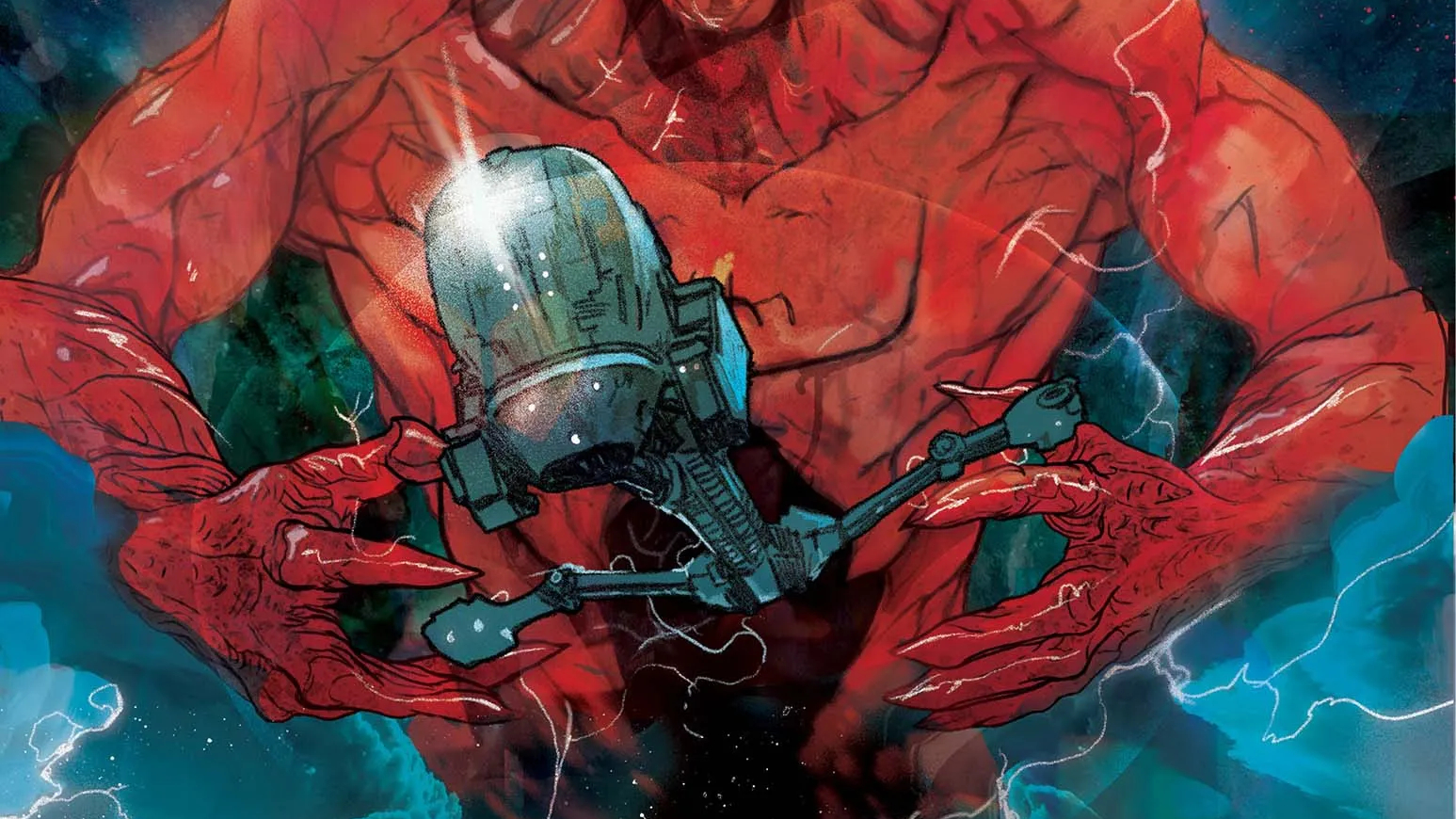


/https://tf-cmsv2-smithsonianmag-media.s3.amazonaws.com/filer_public/63/22/6322340c-6ff4-4e62-9324-e8b9a2a6b0f6/main_danielle-spreading-fungal-inoculum-adam-photo-cred_web.jpg?#)


















